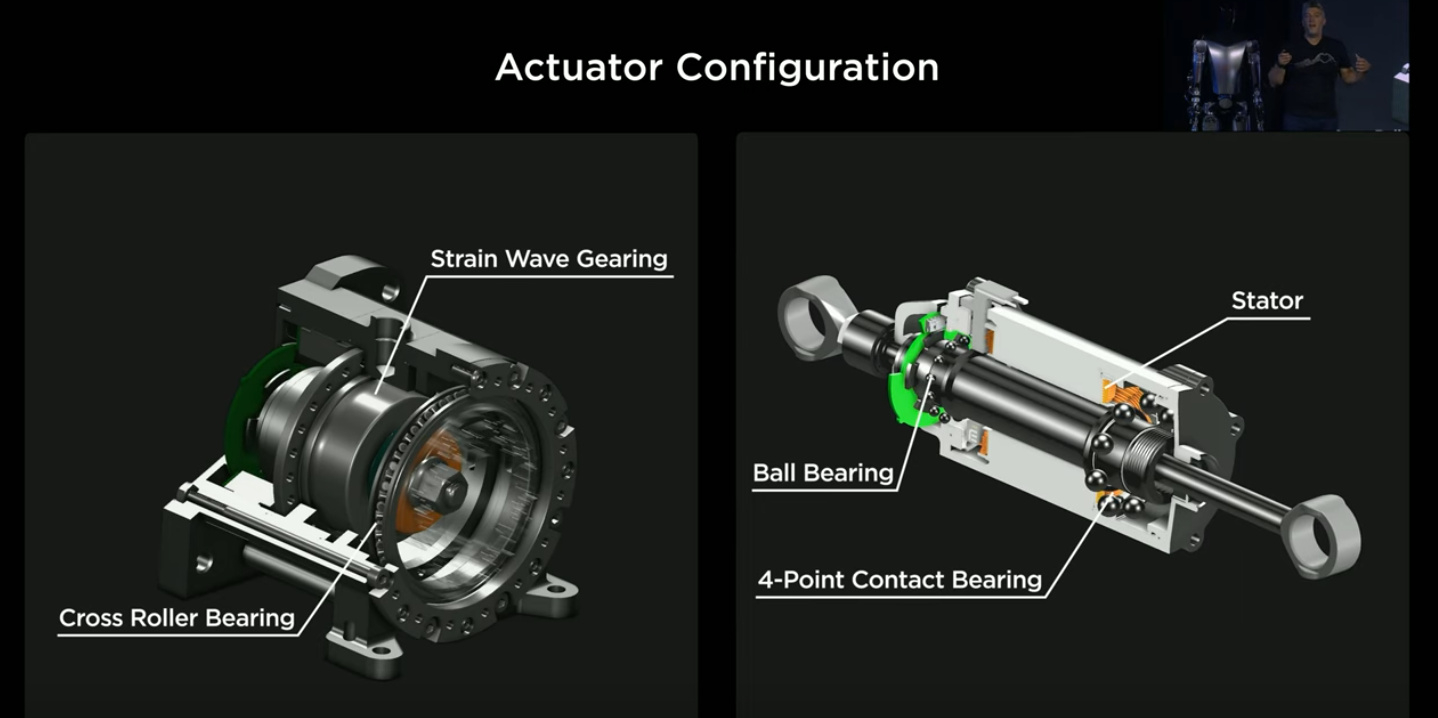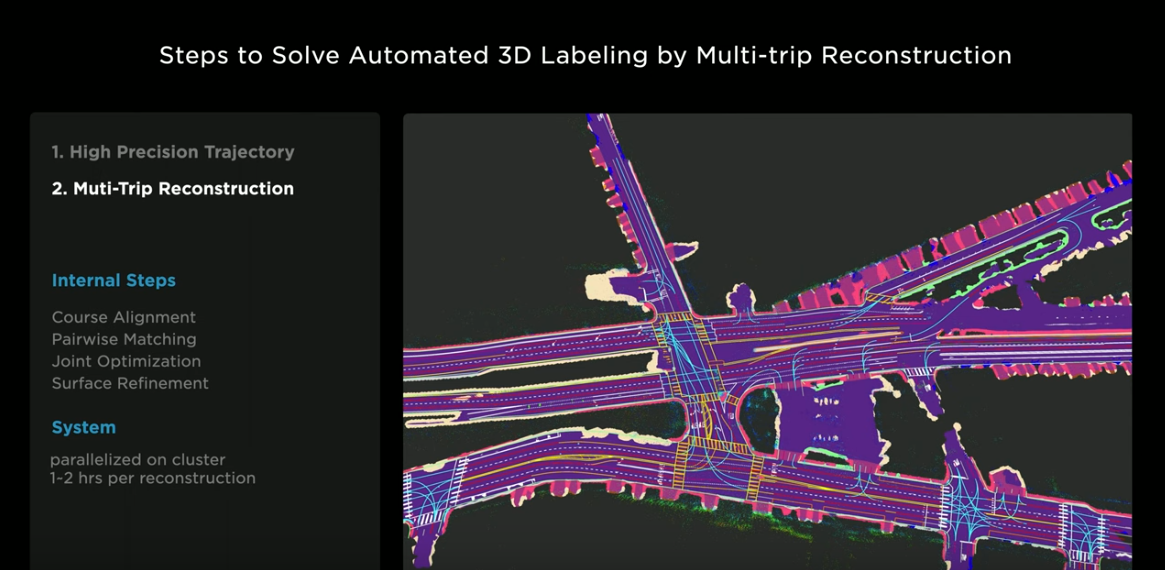Tesla’s AI Day 2022 presentation revealed a lot of new developments to be excited about, and those may not be what you think they are. Also, they may soon get bogged down in their training methodology for Full Self Driving.
The Optimus presentation might have appeared lacklustre (bots were slow and unsteady), but the actuator designs they presented are awesome! (and they will nail the software eventually)

There has been a distinct evolution of robot actuator availability in the past 15 years:
- 2007 - Good luck finding any sort of cheap and still reasonably good motors. A simple low power BLDC motor could cost $600+
- 2017 - Lots of cheap BLDC motors from hoverboards, drones, etc. make for TONS of options for innovatation.
- 2027 - You’ll be able to find cheap strain wave rotary actuators and awesome linear actuators from Optimus spares, OMG!
The FSD Lanes and Objects system is also a real innovation. 5 years ago, we had Segmentation Networks, and we thought that they had a semantic-understanding of the world. However, this was in pixel space. Now we have auto-regressive Transformers that are ACTUALLY one step closer to a real semantic-understanding of the world. Will this be enough for Level 5 autonomy? We will see.
The most worrying part of the presentation is their new autolabeling system. Tesla is mapping out regions of roads in the real world, and building out high precision maps of those places out of multi-trip reconstructions of drives through them.

The big issue here is that if your training data is going to contain real world places and intersections with such level of detail, then, those real world places will change slowly over time due to construction, etc. And then, your driving networks will be trained on data which looks almost exactly like the locations they will see at inference time, but there will be an extra-lane, or a newly-added traffic pattern that wasn’t yet updating into the training set.
This generalization problem is going to be hard to solve, especially when you are shooting for long-tail accuracy and recall. They are basically committing themselves to updating these auto labels on a regular basis, but even then I predict that the networks will get confused when there are unexpected deviations from their training data.